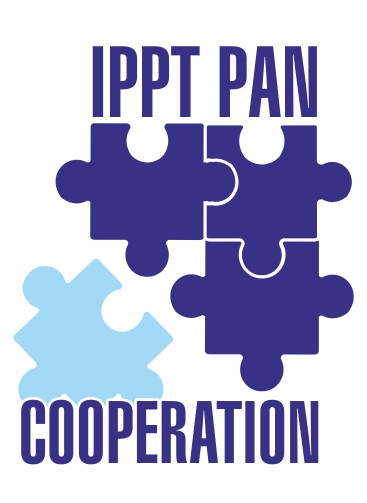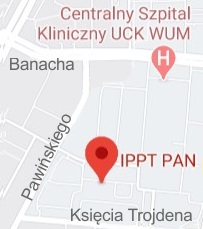| 1. |
Jain A., Kumar C., Skorna P.♦, Hirotaka N.♦, Nishihara H.♦, Szabo T.♦, Olena I.♦, Michalska M.♦, Scholtzova E.♦, Graphene mesosponge: a novel material for the sequestration of azo dyes in water,
Journal of Advanced Research, ISSN: 2090-1232, DOI: 10.1016/j.jare.2025.11.027, pp.1-14, 2025 Abstract:
Azo dyes are synthetic organic compounds widely used in industries such as textiles, printing, and pharmaceuticals. Due to their chemical stability and extensive usage, they are significant environmental pollutants, especially in wastewater. This study investigates the removal of azo dyes from aqueous solutions using a graphene mesoporous sponge (GMS), which is a high-surface sponge-like mesoporous structure predominantly composed of single-layer graphene walls with active sites for dye adsorption. Methylene Blue (MB) and Congo Red (CR) were used to evaluate adsorption performance in aqueous solutions simulating industrial effluents. The adsorption behavior, capacity, and kinetics were studied experimentally, showing that GMS efficiently removes both dyes. Complete decolorization occurred in 30–35 min for both dyes at an initial concentration of 1 mg L−1. A relatively small quantity of GMS successfully removed significant amounts of dye, highlighting its potential to minimize material usage. This efficiency enhances the process’s economic feasibility while contributing to environmental sustainability by reducing the carbon footprint of adsorbent synthesis and usage. These results indicate that GMS is a promising material for wastewater treatment. The experimental results are also aligned with ab-initio molecular dynamics (AIMD) calculations, and they confirm the superior performance of GMS over pristine graphene in dye adsorption. Keywords:
Methylene Blue, Congo Red, Azo dyes, Adsorption, Carbon, AIMD modelling Affiliations:
| Jain A. | - | IPPT PAN | | Kumar C. | - | IPPT PAN | | Skorna P. | - | other affiliation | | Hirotaka N. | - | other affiliation | | Nishihara H. | - | other affiliation | | Szabo T. | - | other affiliation | | Olena I. | - | other affiliation | | Michalska M. | - | Łukasiewicz Research Network‒Institute of Electronic Materials Technology (PL) | | Scholtzova E. | - | other affiliation |
|  |
| 2. |
Michalska M.♦, Pavlovsky J.♦, Scholtzova E.♦, Skorna P.♦, Vlastimil M.♦, Bochenek K., Jain A., Koki C.♦, Takeharu Y.♦, Hirotomo N.♦, A facile approach for fabricating g-C3N4-based materials as metal-free photocatalysts,
Results in Engineering, ISSN: 2590-1230, DOI: 10.1016/j.rineng.2024.103109, Vol.24, No.103109, pp.1-14, 2024 Abstract:
This study presents a novel, straightforward approach for synthesizing graphitic carbon nitrides (g-C3N4, g-CN) from melamine, requiring merely 30 min of thermal holding at temperatures ranging from 400 to 550 °C in an atmosphere comprising either nitrogen or air. Elemental analysis, X-ray powder diffraction (XRD), Fourier-transform infrared spectroscopy (FTIR), diffuse reflectance (UV–Vis DRS), photoluminescence (PL) spectroscopy and scanning electron microscopy (SEM) were employed to assess the quality of the as-prepared powders. Furthermore, theoretical calculations utilizing the Density Functional Theory (DFT) method were conducted to reinforce the experimental findings of the research. A further investigation of the thermal stability of the selected sample was conducted using a unique combination of thermogravimetry–coupled with differential scanning calorimetry, quadrupole mass spectrometry (TG-DSC-MS) and advanced temperature-programmed desorption (TPD) analyzes. The current study focuses on the effect of synthesis conditions (temperature and nitrogen/air environment) on the structure, morphology, and photocatalytic performance of g-C3N4 compounds synthesized using this approach. The g-C3N4-based materials were examined as potential photocatalysts using the acid orange 7 (AO7) photodegradation methodology. To enable comparison of the photodegradation experiments, two separate lamps with wavelengths of 360 nm (UV light) and 420 nm (VIS light) were utilized. The primary objective was to present a novel method for the synthesis of g-C3N4-based materials. This was achieved by demonstrating that organic composites generated at lower temperatures have the best photocatalytic capabilities. Furthermore, the approach to achieving high-quality photocatalysts was shown to be cost-effective, environmentally friendly, and scalable. Affiliations:
| Michalska M. | - | Łukasiewicz Research Network‒Institute of Electronic Materials Technology (PL) | | Pavlovsky J. | - | other affiliation | | Scholtzova E. | - | other affiliation | | Skorna P. | - | other affiliation | | Vlastimil M. | - | other affiliation | | Bochenek K. | - | IPPT PAN | | Jain A. | - | IPPT PAN | | Koki C. | - | other affiliation | | Takeharu Y. | - | other affiliation | | Hirotomo N. | - | other affiliation |
|  |

















